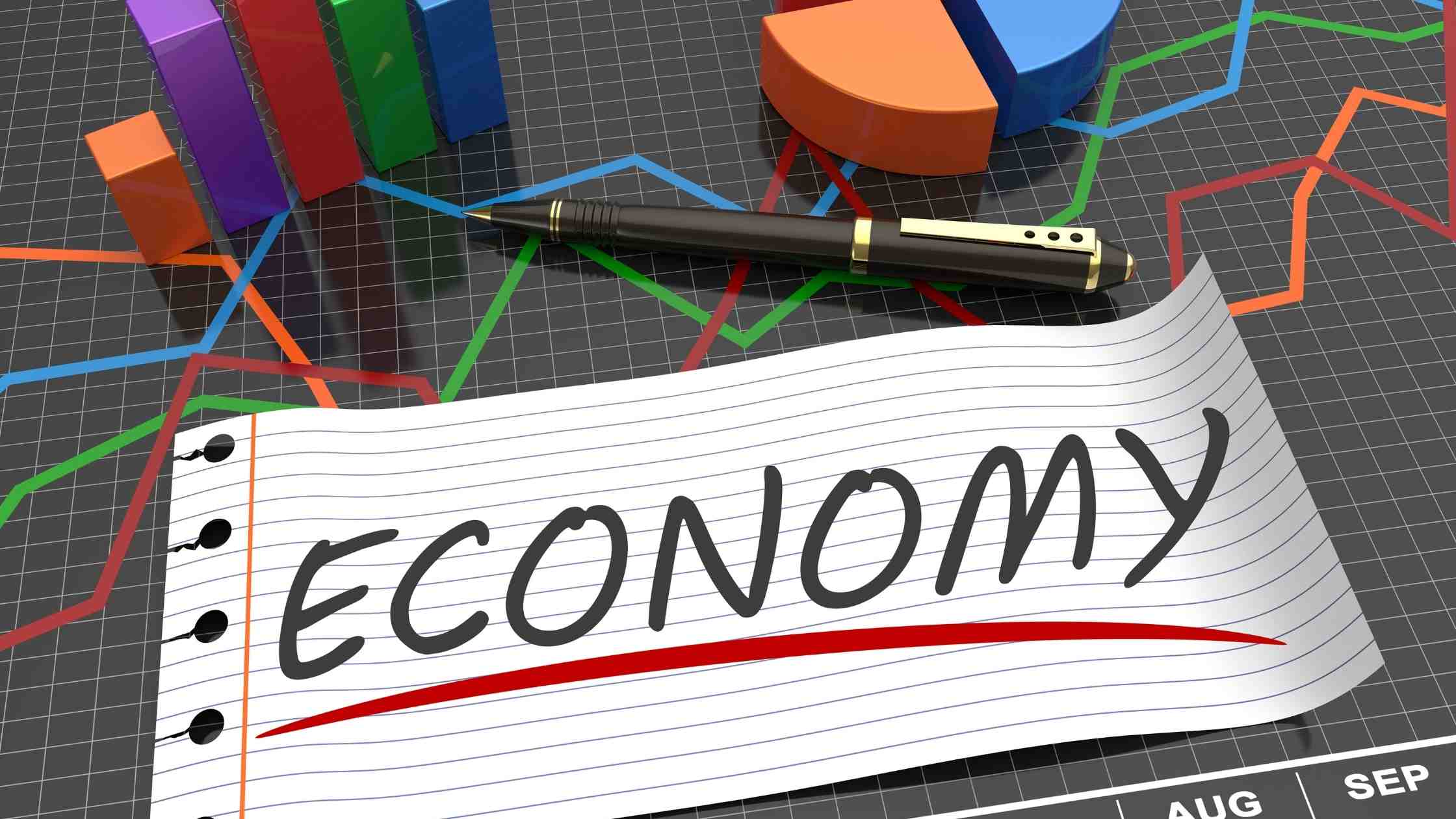If you have not heard of the term “Keynesian Economics“, it is because it is one of the most complicated theories in economics that few are actually familiar with. Keynesian economics focuses mainly on three main macroeconomic factors: aggregate demand, unemployment, and the money supply – all of which determine the overall economy. It is a complex theory, but with a little education and research, it should not be too difficult to understand, especially if you learn about the major elements first.
Aggregate demand is the amount of money and goods to a person or a group of people wants to buy. When a person or a group of people has more money and goods available, that is an increase in demand. On the other hand, when there is not enough money or goods to go around, this decrease in demand is an equal decrease in supply. Supply is basically everything that can be bought or produced, minus the items that cannot be made or bought – for example, houses are not manufactured. When the money supply decreases, the demand for money and goods goes up. In other words, when more money is available, more money is spent, and when more money is not available, less money is spent.
In economics, supply is thought to equal demand. If there is not enough money or goods, people are still expected to buy something. So, if there are too many people wanting to buy things, supply will become less than demand. However, when there are too few people wanting to buy things, supply will be greater than demand, which means fewer people will want to buy the products or services.
The basic idea of Keynesian economics is that the supply of money and goods is influenced by three primary factors: the amount of money, the amount of goods, and how much people want to spend. Because of this, when there is an increase in the supply of money or goods, a corresponding decrease in demand is expected. In order to keep the supply constant, a market for debt and a market for equity is established.
This concept has been simplified into four categories, with keyne as the basis of this system: Money markets, credit markets, government spending, business spending, and borrowing money from private parties. By putting money into these categories, we can begin to see how money and other economic factors affect each other. It is further divided it into four different economic models: Phillips Curve, Monetarist-Monetarist, Keynesian-Monetarist, Business Cycle Model, and Real Business Cycle Model
In short, Keyne’s Theory is basically four different models of the economy that attempt to explain the world of economics. The key concept is to understand what affects the supply and demand of money and goods so that changes in those items can be compared to changes in the demand and supply of money and goods – or vice versa.
